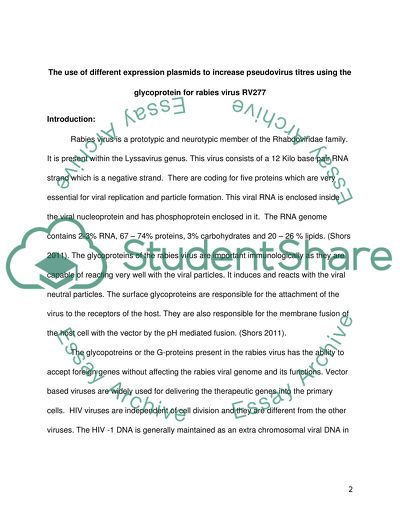Cite this document
(“The use of different expression plasmids to increase pseudovirus Dissertation”, n.d.)
The use of different expression plasmids to increase pseudovirus Dissertation. Retrieved from https://studentshare.org/health-sciences-medicine/1403792-the-use-of-different-expression-plasmids-to
The use of different expression plasmids to increase pseudovirus Dissertation. Retrieved from https://studentshare.org/health-sciences-medicine/1403792-the-use-of-different-expression-plasmids-to
(The Use of Different Expression Plasmids to Increase Pseudovirus Dissertation)
The Use of Different Expression Plasmids to Increase Pseudovirus Dissertation. https://studentshare.org/health-sciences-medicine/1403792-the-use-of-different-expression-plasmids-to.
The Use of Different Expression Plasmids to Increase Pseudovirus Dissertation. https://studentshare.org/health-sciences-medicine/1403792-the-use-of-different-expression-plasmids-to.
“The Use of Different Expression Plasmids to Increase Pseudovirus Dissertation”, n.d. https://studentshare.org/health-sciences-medicine/1403792-the-use-of-different-expression-plasmids-to.


